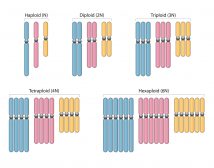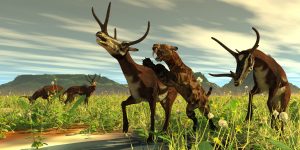Definition
noun, plural: mangroves
(botany) Any of the trees of the genus Rhizophora
(botany) Any of the trees or shrubs growing in shallow coastal water
(ecology) The habitat as well as the entire assemblage of such plants
Supplement
In botany, mangroves refer to the coastal trees or shrubs that are adapted to estuarine or even saline environment. Mangroves are plants that grow between the highest tidal level and the same level or higher than sea level. A mangrove may pertain to any of the coastal trees or shrubs. However, in stricter sense, it particularly refers to plants of the genus Rhizophora (e.g. R. mangle and R. mucronata). These plants inhabit the muddy shores of tropical regions, where they spread by emitting aerial roots, which fasten in the saline mire and eventually become new stems. The seeds also send down a strong root while yet attached to the parent plant. The fruit has a ruddy brown shell, and a delicate white pulp which is sweet and eatable. The bark is astringent, and is used for tanning leather. The black and the white mangrove have much the same habit.
The term mangrove may also be used in broader sense by including the entire assemblage of such plants as well as the habitat from where these plants grow. In this regard, mangrove can be classified into 6 community forest types: (1) riverine forest, (2) fringing forest, (3) overwash forest, (4) shrub or dwarf forest, (5) basin forest, and (6) hammock forest.
See also:
Related term(s):
- true mangrove
- black mangrove
- white mangrove
- mangrove fly
Mentioned in:







